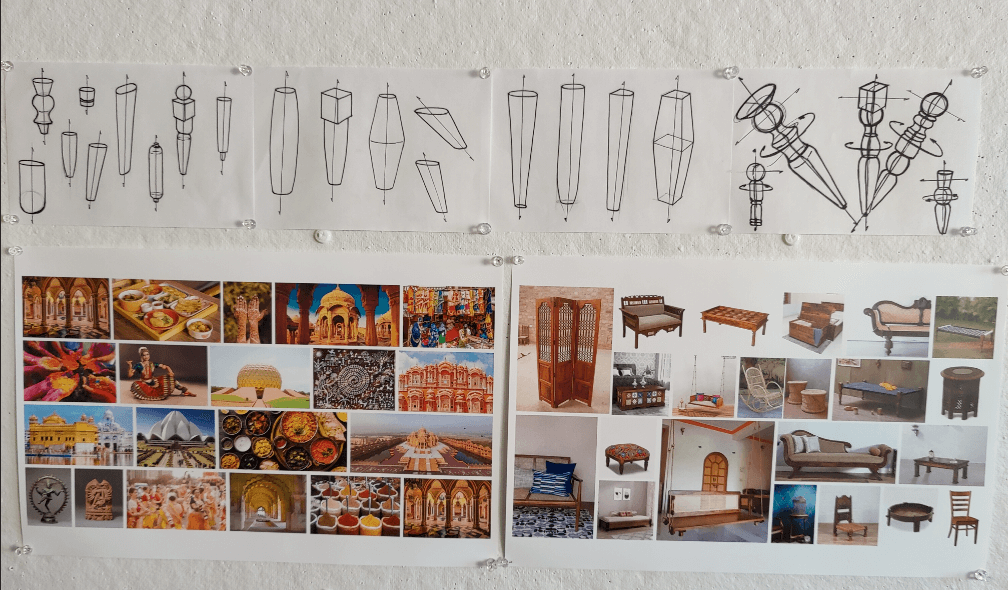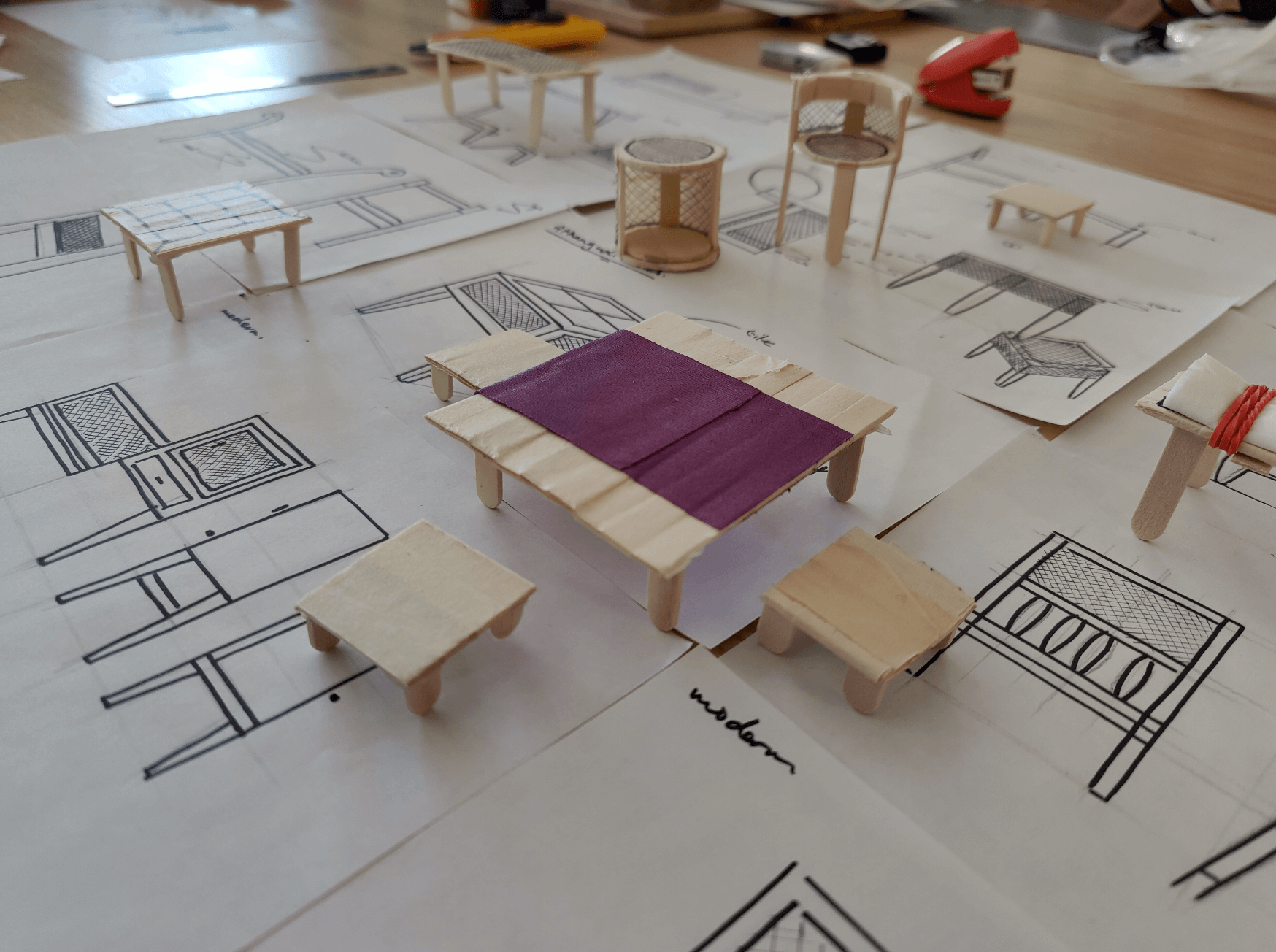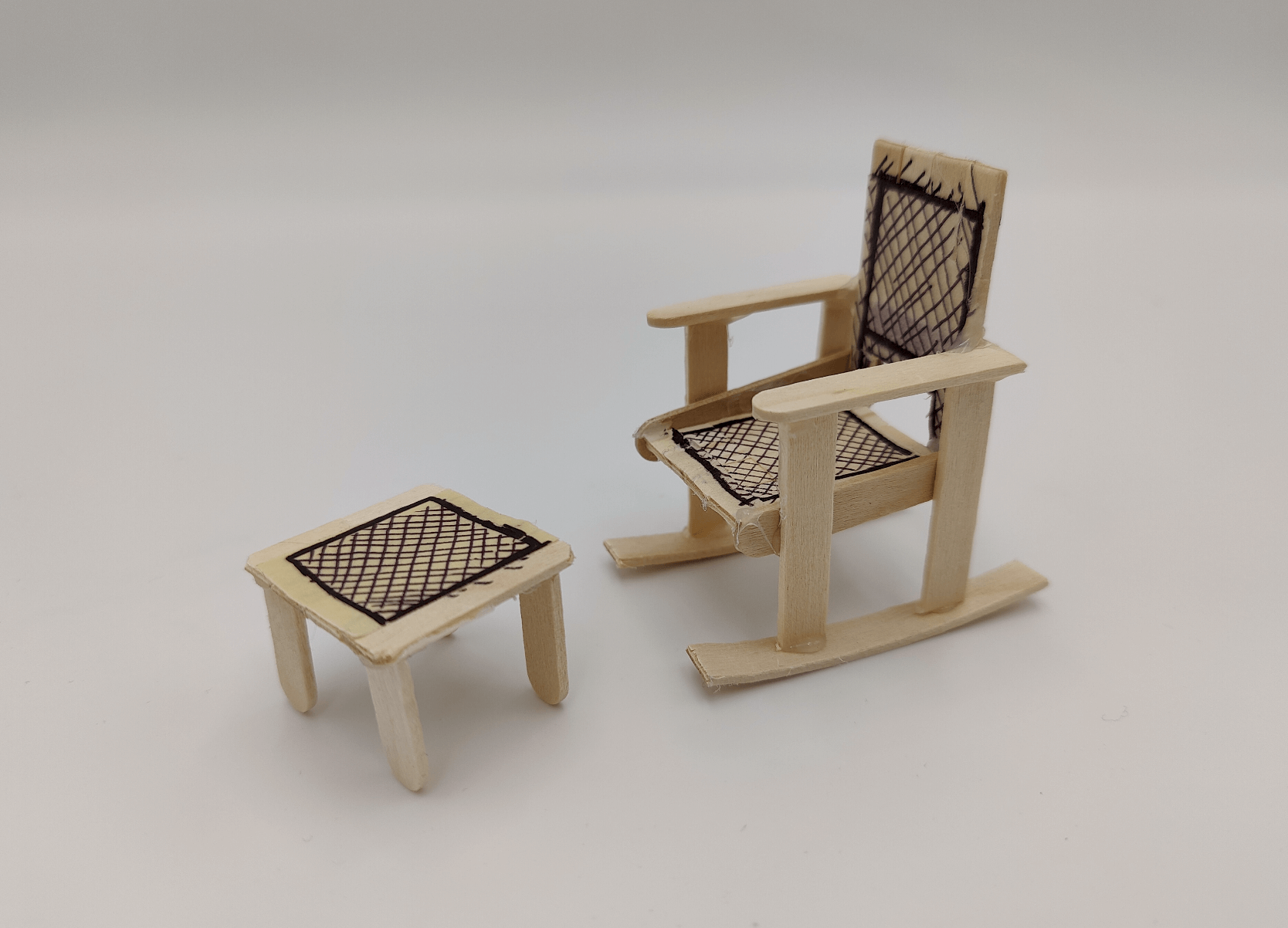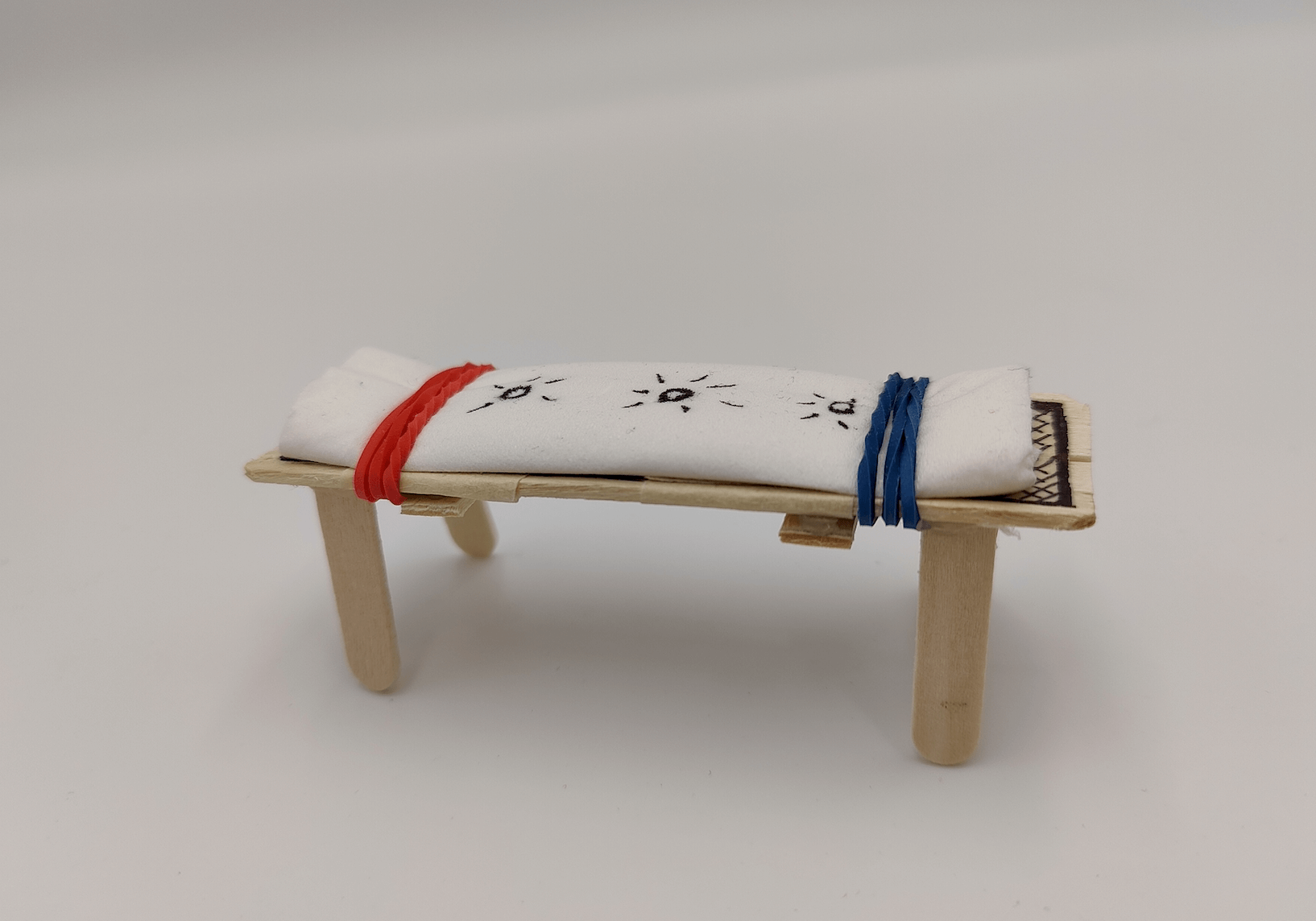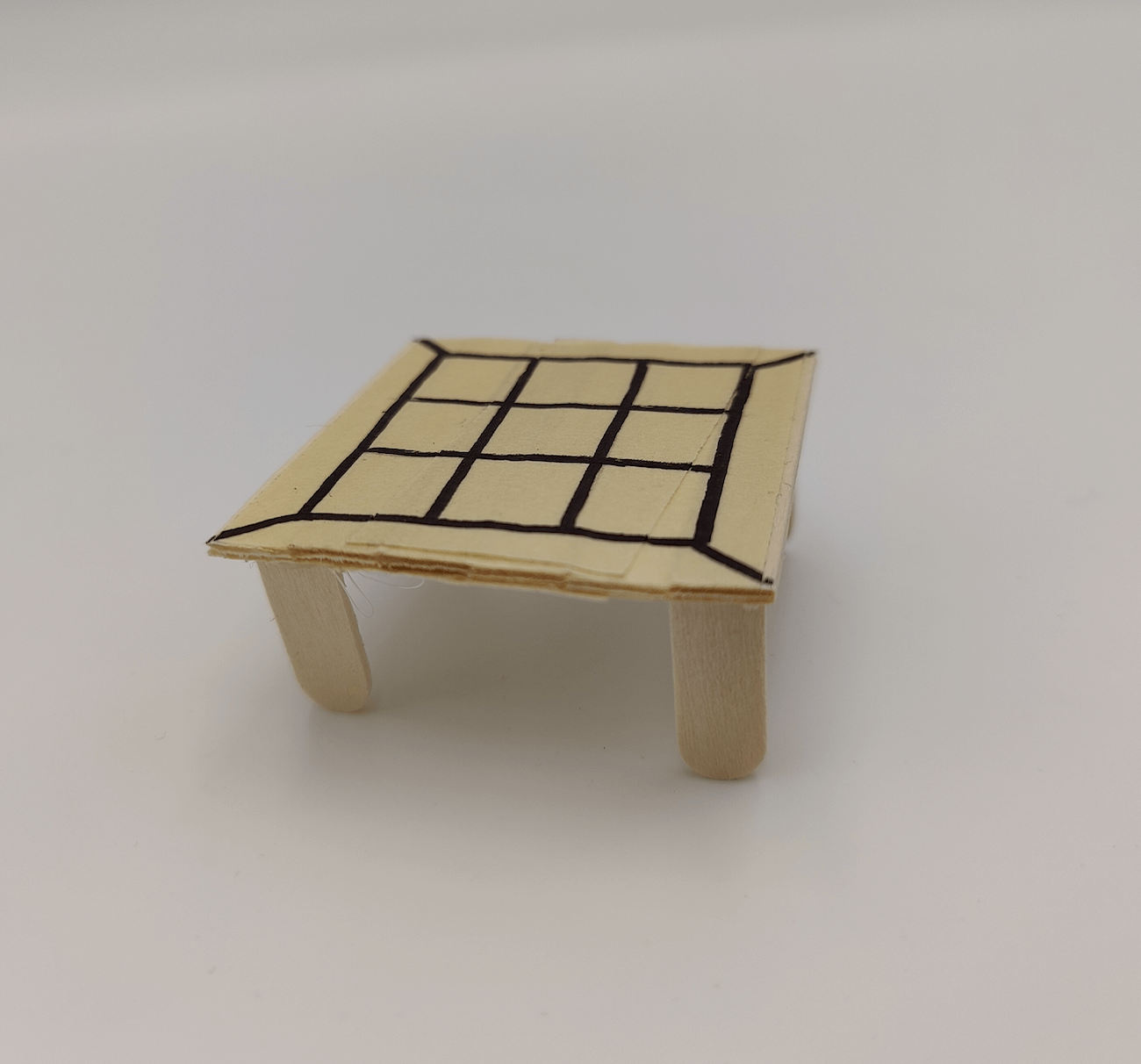As a designer throughout the years, I continue to ask myself: how are products being made and how can products be more sustainable — but I never think about their afterlives. During my research process, I worked to figure out a way of designing and removing the human element and tried find an answers from the design side of things. But I realized that this isn’t really possible, as designers are also responsible for product’s afterlife in many ways. This gave me insights on how people choose and understand products. Products are designed with personalities and characteristics that reflects the user or targets a memory or emotion in the consumer’s subconscious which compels them to choose products. By interviewing people on their view on how products are treated in my culture, India, I have come to realize how human factors such as human connection, personality, and emotion; affect people’s decisions on consuming products.
As time passed and my research through communication and interviews expanded, I talked about my own knowledge about where products came from. It highlighted the tradition of handing down products through generations (heritage) that started the practice of products having a soul. The spiritual idea is imbued by the product; where a product is giving personal meaning from within, rather than a product itself. The soul would be the memories and connections to these products. So this brought out the practice of trying to get products fixed first before getting a new one (cost of fixing to cost of buying also plays a role). Personal connections are directly connected to tradition and culture as it is what we see from birth and that is inherent to our DNA.
No product can be created without the thought of human factors and, where India stands high on the tradition and culture with a lower economic level, people have found ways to have emotions and feelings connected to products that make products a part of the family.
